Timetable discussions at HU and UU
Would you rather have class in the early morning or late afternoon?
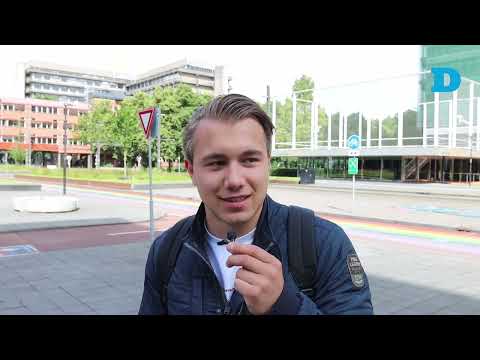
Times that students had classes simultaneously from 9 am to 4 pm have long been gone. Both UU and HU have introduced special timetables that allow them to turn the knobs very precisely. As a result, in one block you may often have to start at the crack of dawn, while in another you start late in the afternoon and then have to continue until after 7 pm.
Covid agreements
A striking difference between UU and HU is that at the university almost all classes from 9 am onwards start at the exact hour and most classes at HU start at the half hour starting from 8.30 am.
You’d think this is one of the measures taken to regulate the influx of students to Utrecht Science Park. ‘When I drive the bus across Utrecht Science Park, I see the flow of students from HU boarding every half and those from UU at the full hour. This is very convenient for us,’ says Qbuzz bus driver Marcel.
Yet it did not originate like that. This agreement only came about in 2020 during covid. When education was allowed to restart gradually after the lockdown, the big problem was that not everyone could come to Utrecht Science Park at the same time. Thus, three time slots were agreed upon in the provincial consultations. UMCU would start at 8 am, HU at 8.30 am and UU at 9 am. That way, the influx of students was spread out. After covid, the agreement was no longer necessary. But in practice, for at least half of the lectures at HU, starting times have not changed.
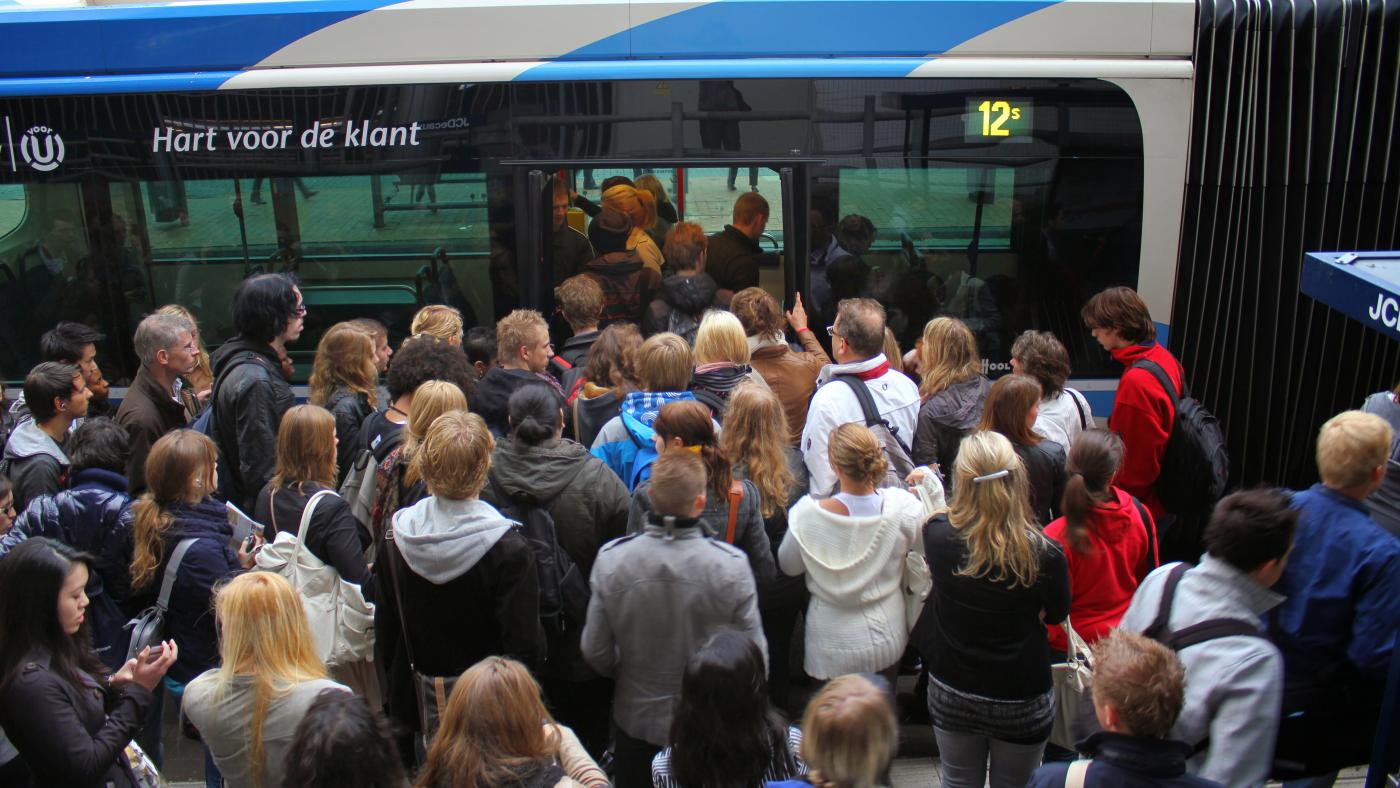
DUB archive photo
Packed like sardines
Yet the discussion about the huge influx of students to Utrecht Science Park started much earlier. With the arrival of HU at Utrecht Science Park, the number of travellers also increased. This started back in the late 1980s with the arrival of the Faculty of Healthcare at Bolognalaan, followed by the faculties of Economics & Management, Communication & Journalism, Society & Law and even later the Faculty of Education. Just under a decade ago, the Faculty of Nature & Technology and HU Services were added.
Back in those days, there were no trams yet, but students who did not arrive by bike mainly used buses 11 and 12, which were crammed and people were packed like sardines. The starting times of classes back then were the same. As a result, the buses were always packed at the same time. In 2018, it was calculated that around 40,000 travellers took the bus to Utrecht Science Park on peak days. Bus 12 ran 23 times an hour, which was the absolute maximum.
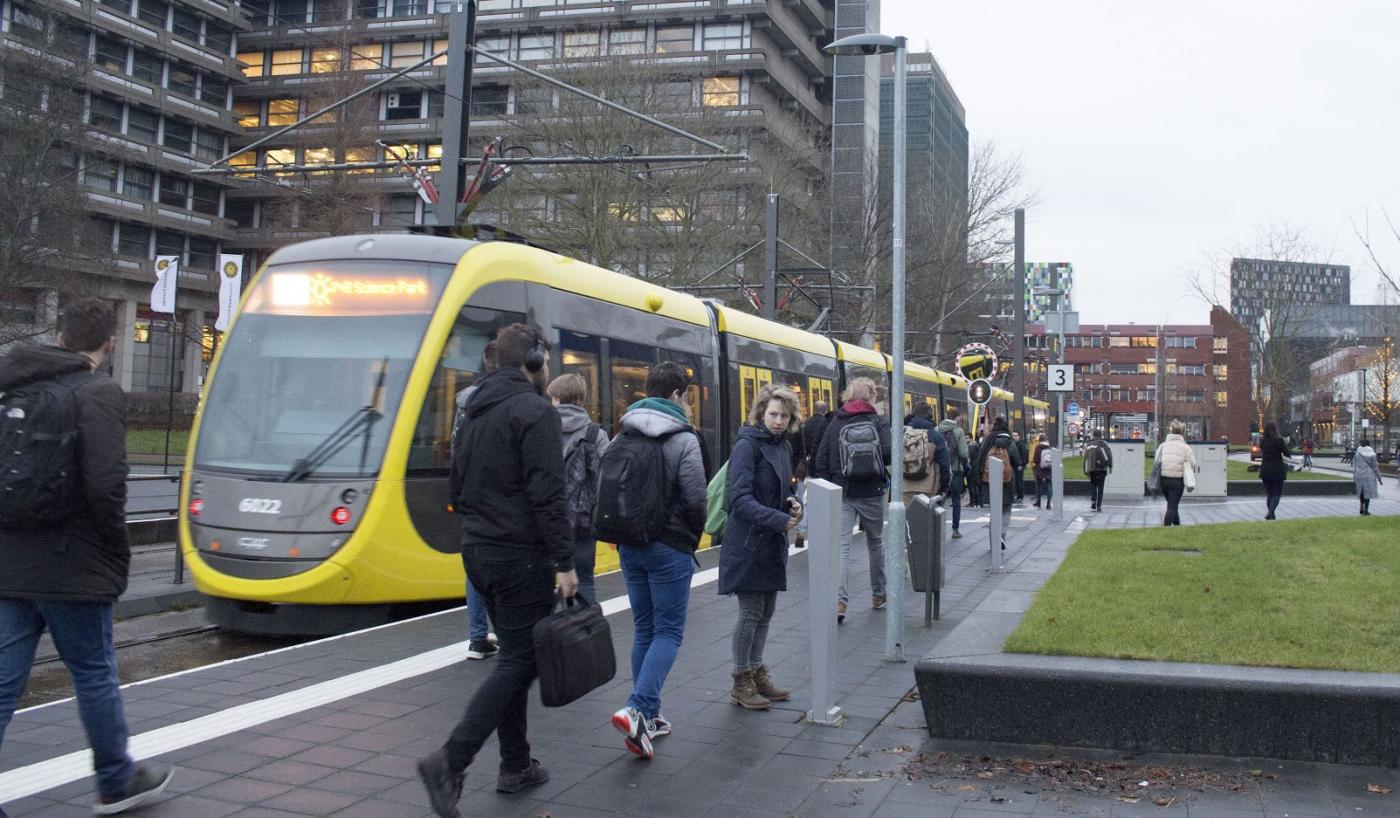
Trams are much less packed. Photo: DUB
Student out of the rush hour
At that same time, there was also a discussion about the OV-jaarkaart (public transport card) for students. Because so many students travelled during rush hour, trains and buses in the Netherlands could not handle the influx. Minister Jet Bussemaker considered abolishing the card, but it was voted against. Then the idea was that higher education institutions would be fined if they did not adjust lecture times so students no longer had to travel during rush hour.
In 2016, HU decided to be one of the first in higher education to adjust its lecture times. It would start working with a flexible timetable, in which lecture times would continue until 7 pm. For part-time students, weekend classes were not excluded.
UU was summoned to visit the then-NS boss Roger van Boxtel. The idea was to organise evening classes, especially for first-year students as they often still live with their parents. Initially, UU promised to think about it, but a month later a press release stated that UU was unwilling to adjust its lecture times. According to UU, the times were already well spread throughout the day.
With the arrival of the light rail, transport is now better and although trains are still full during rush hour, NS no longer has any campaigns to get students out of the rush hour.
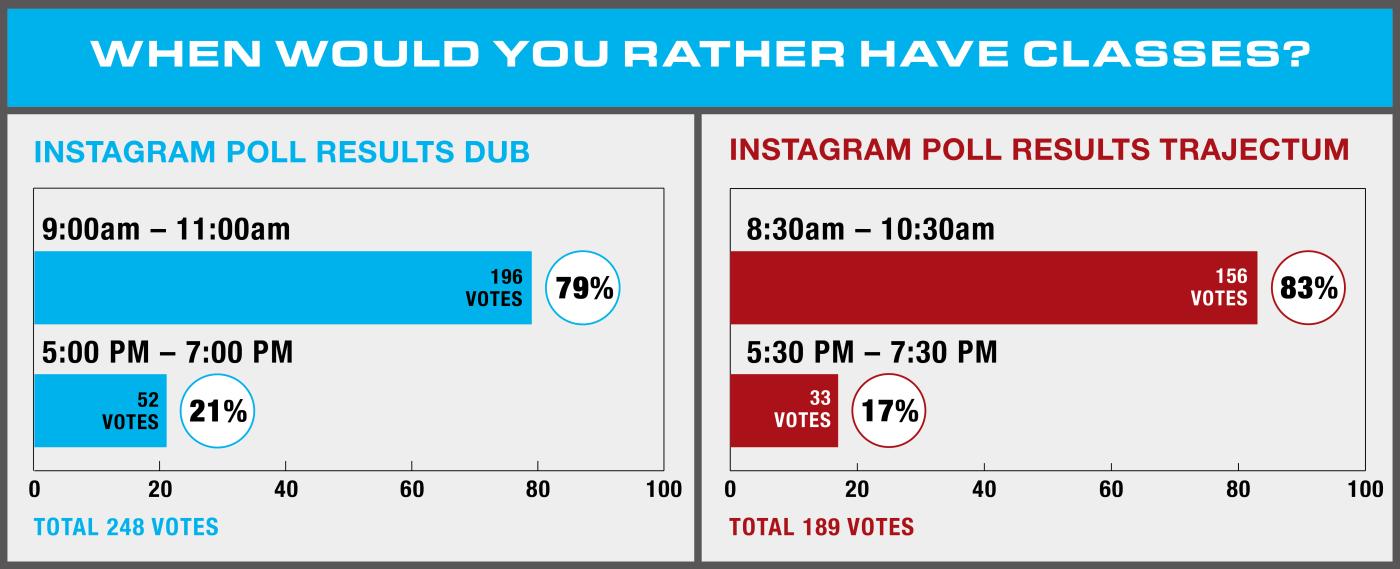
Lack of space
Nevertheless, the discussion about spreading classes has flared up again within both UU and HU. In a very different way. however, Now the issue is not about getting students out of rush hour, but about spreading the times across the week so that the halls are used efficiently. As it turns out, there aren’t enough lecture halls during popular times. In particular, Tuesdays and Thursdays between 10 am and 3 pm are in popular demand.
HU is still working with the flexible schedule of 2016. This means that lecture times are spread, to avoid halls being crammed one moment and empty the next. ‘We give courses a maximum number of seats in the buildings they cannot go over. Due to this, lecture times mus be spread more,’ says Margot Visser, manager of Educational Logistics at HU. ‘In practice, this will mean that some students will start in the morning and finish around 2 pm, while another group will start later in the afternoon and don’t finish until 7 pm. The 7 pm timeslot is not fixed; the buildings are open until 10 pm. Part-time students will often have classes until later.’ What makes scheduling at HU difficult is that you also have to consider the content of the classes. Visser: "In the first block, there are more classes with general information. Later in the year, many students start internships which clears some space in the planning."

A Behavioural Biology class. Photo: DUB
The university also struggles with its schedules. works with four contingents that are allocated rooms to schedule classes. The contingents are "City Centre", "Science, Geosciences and Social Sciences", "Veterinary Medicine" and "Medicine". They are allocated halls to schedule their classes. Overall, 70 per cent of the halls must be occupied. ‘We work with timeslots. Courses fall into a particular time slot. With teaching distributed on certain days of the week, for example, with timeslot B, you know that teaching takes place on Tuesday morning and Thursday afternoon. When choosing a study program, It’s useful to know that classes are not scheduled at the same time. This makes it possible for students to take classes at other programs, but sometimes makes it complicated to schedule efficiently,’ says Kim Zunderdorp of the Directorate of Education. Within contingents, timetabling is spread throughout the week. Faculties are also allowed to schedule classes from 5 to 7 pm for efficient use of space. This occurs more often at some faculties than others. It’s already been announced that in the second semester of the next academic year, many rooms will be unavailable due to renovations and refurbishments. "Because there are fewer teaching rooms available, scheduling will have to be more intense. More use will therefore have to be made of the time slot between 5 and 7 pm," says a message on the Intranet.
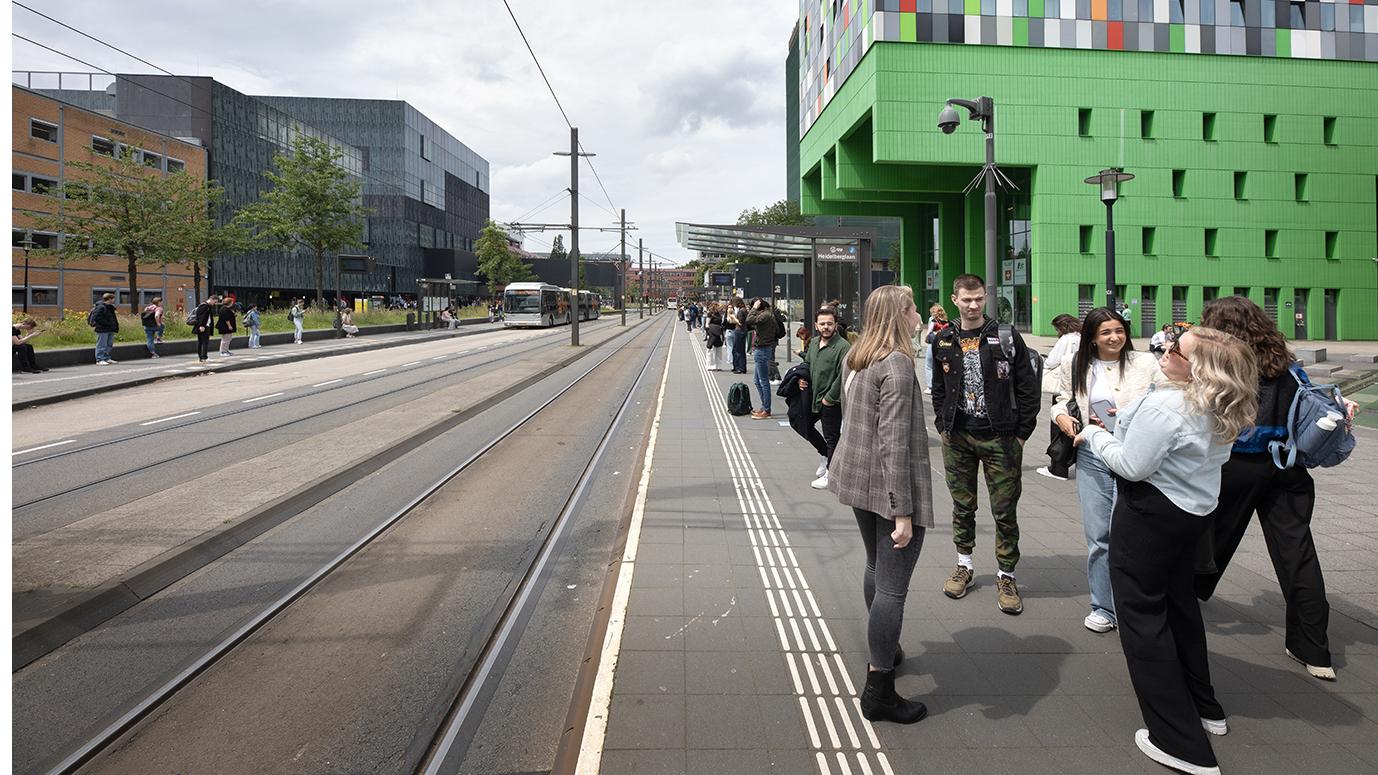
Waiting for the bus after a late class. Photo: Kees Rutten/Trajectum
New timetabling system
To improve that system, UU has been working to improve timetabling since September 2023. This should ensure a more efficient use of rooms, improve the quality of the process, and aim to increase student and faculty satisfaction with timetabling, among other things. "At the moment, we’re working on a dashboard that offers an insight into the use of rooms now. That way it’s clearer where the bottlenecks are, so we can start addressing them in a targeted way. We’re seeking the right balance," says project leader Andrea Bonarius. ‘Because of the improved timetabling system, we can turn the knobs better and take into account the growth or decline in the number of students, the available accommodation and the spread of classes, like covid used to require public transport.’ Bonarius cannot yet give specific examples. That will be worked on in the coming year. But even in this improved timetabling system, we won’t be able to please everyone and evening classes are unlikely to disappear.